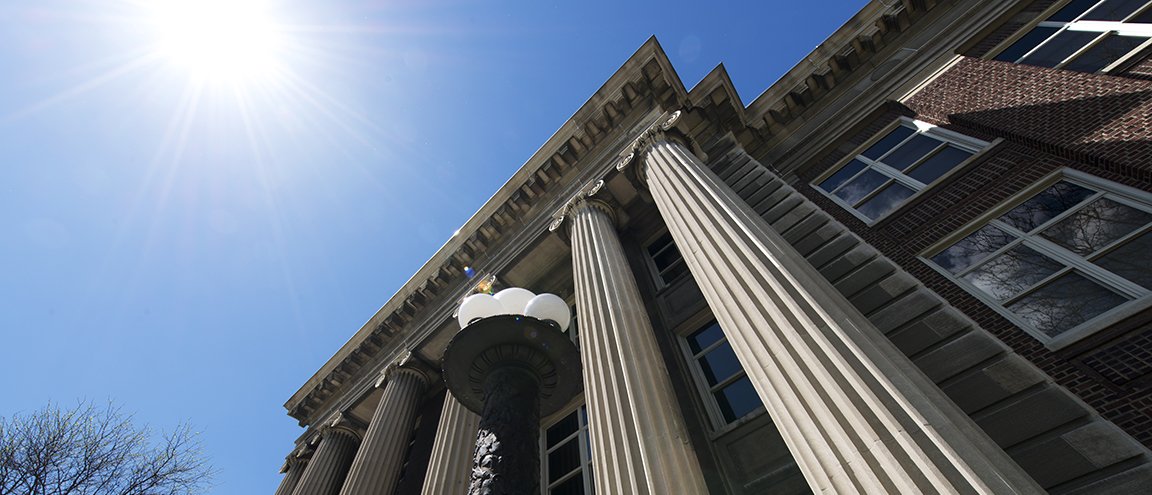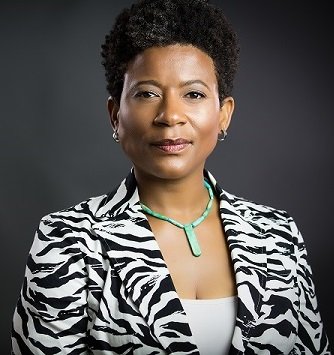Department continues its work on diversity, equity, and inclusion

The Department of Chemistry is committed to diversity, equity, and inclusion (DEI), making it a priority and establishing and supporting an active Diversity & Inclusion (D&I) Committee—one of the first established on the University of Minnesota campus.
Strategic plan consultant
Recently, the department hired Stacie LeSure, Ph.D., to help it develop, implement, and assess a DEI strategic plan. She is a consultant based out of Washington, D.C., and founder of Engineers for Equity. She will be working closely with the Diversity & Inclusion Committee to gather information, consider areas for improvement, and make formal recommendations for a multi-year strategic plan.
LeSure earned a doctorate in engineering education at Utah State University. Her research applied critical race theory and intersectionality frameworks to examine effective intervention strategies to reduce the negative consequences of stereotype threat, which is the risk of confirming negative stereotypes about an individual’s racial, ethnicity, gender, or cultural group. In addition, she has a Master of Science in materials science and engineering from Georgia Institute of Technology, a Bachelor of Science in physics from Spelman College, and obtained the status of All But Defense in materials science and engineering at North Carolina State University.
Work of the D&I Committee
Now in its 7th year, the Diversity & Inclusion Committee continues its multi-faceted mission to leverage the transformative power of diversity, equity, inclusion and social justice to advance excellence in teaching, research, and community engagement in the Department of Chemistry. This committee seeks to educate department members, dismantle racist and other discriminatory practices, and promote an environment where all have the opportunity to thrive. The committee is led by Professor Erin Carlson.
Recently, the committee added sections to the department’s Diversity & Inclusion website focused on anti-racism and allyship educational resources and allyship fund-raising resources. The D&I Committee and department leadership organized listening spaces following the murder of George Floyd to provide a forum for discussion and support. It eliminated Graduate Record Examinations as a graduate admission requirement. Among its recommendations was to increase representation of Black, Indigenous, and People of Color (BIPoC) chemists in the department’s seminar series. It helped to establish the Jeannette Brown Lecture in Chemistry.
With 29 members, the D&I Committee, which is composed of faculty, students, postdoctoral associates and staff, has doubled its membership since last year. It has created six working groups focused on communications, community building, faculty hiring, graduate training, inclusive classroom, and student recruitment. All of the working groups are creating vision statements to guide their work.
“It’s incredibly exciting to have so many people dedicating their time and effort to this important work. It is not possible for any one person or even a small group of people to make real change: we need everyone to contribute both from within our committee but also from the entire department.”—Professor Erin Carlson, chair of Diversity & Inclusion Committee
It falls to the Communications Working Group, led by undergraduate student Tiffany Cardoza and Professor Angela Perkins, to tell the stories about what the Diversity & Inclusion Committee and its working groups are doing as well as inviting others in the department to participate. They will maintain the diversity and inclusion website, found on the department's intranets, with information, data and resources, initiate social media presences such as Twitter and LinkedIn, and develop content for the department’s Weekly ENews and ChemNews newsletters.
Through its communications, this working group hopes to make information more transparent and accessible, provide a voice for underrepresented groups and students, increase allyship, and provide a platform where people in the department can connect with each other.
Connections are important to the students serving on this working group.
Connections will also enable first-generation college students to navigate what they need to succeed, said Tiffany. “A lot of us don’t have mentors or other people that we can ask for help. We need to level that playing field with resources to help guide us on how to succeed and be successful,” she said.
The Student Recruiting and Inclusion Classrooms Working Groups have recently initiated some exciting new activities.
The Student Recruiting Working Group, led by undergraduate Jane Michaelson and Professor Carlson, is looking at ways to increase the pool of diverse applicants interested in joining the Department of Chemistry at the undergraduate and graduate levels. Two of the ways it is creatively doing that is by specifically recruiting from institutions that often serve students from underrepresented groups and using online tools such as Slack and Zoom.
When the Covid-19 global pandemic closed the University of Minnesota campus last March just days before a graduate recruitment weekend, the department pivoted and created a virtual experience using Slack and Zoom. In less than four days and with lots of hard work, creativity and imagination, plus the can-do attitude of more than 300 people, a comprehensive plan for an immersive recruitment weekend was developed and successfully executed that included presentations by students and faculty, videos, and meetings with professors.
“As we get to know our first-year class, I think we are becoming more aware of the immense success that our Slack/Zoom virtual recruitment had.”—Professor Courtney Roberts who was instrumental in creating last March’s event.
Along with support from the Student Recruiting Working Group, Roberts and other members of the Graduate Admissions and Recruiting Committee leveraged the momentum and success of the virtual recruitment experience to create cheMNext, a preview weekend of the department’s graduate program. The day-long event, Saturday, Nov. 14, included a virtual poster session, keynote speaker, student panels, and opportunities to meet with faculty.
This event will be open to all prospective graduate student applicants; however, to increase the pool of applicants coming from diverse and non-traditional backgrounds and underrepresented groups such as LBGTQ+, race and ethnicity, gender identity, socioeconomic status and disability status, marketing was specifically targeted to students from historically black colleges and universities (HBCU), Hispanic-serving institutions (HIS), and women’s colleges.
The Inclusive Classroom Working Group, led by undergraduate Yukino Nakamura and Professor Edgar Arriaga, is generating materials and strategies to improve equity and inclusion in classrooms, which includes the creation of short diversity, equity, and inclusion (DEI) moments that can be shown at the beginning of classes and as preludes before seminars, meetings, and workshops.
Topics may encompass diversity and inclusion news or cultural practices. They could also be scenarios, prompts for personal reflections with open-ended questions or moments of silence, and opportunities to practice being an ally.
The three additional working groups in the committee are:
- Graduate Training Working Group, led by graduate student Eleni Spanolios and Professor Aaron Massari, director of Graduate Studies, will organize and implement additional training for incoming students around anti-racism, social justice, and mentorship. The goal is to increase diversity, equity, and inclusion literacy.
- Community Building Working Group, led by undergraduate Deborah Rodriguez and staff member Chellina Angok, will plan activities enabling the free exchange of concerns and ideas related to diversity and inclusion and building community.
- Faculty Hiring Working Group, led by graduate student Brianna Collins and Professor Michael Bowser, will strive to add transparency to the faculty hiring process, which includes sharing demographic information about candidates and developing options for graduate student and post-doctoral researcher participation and input.

